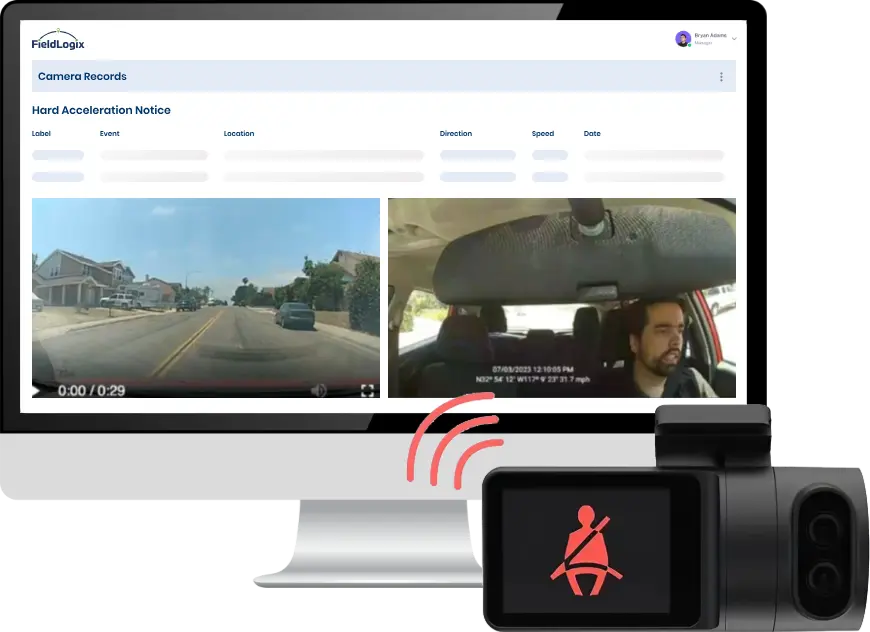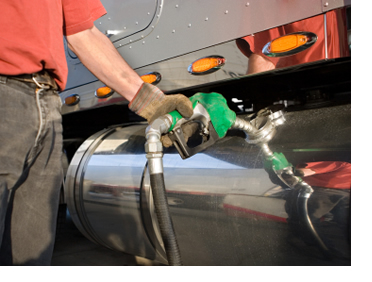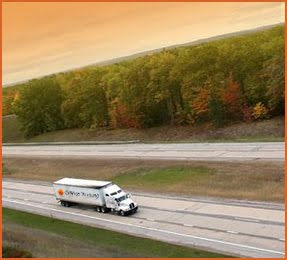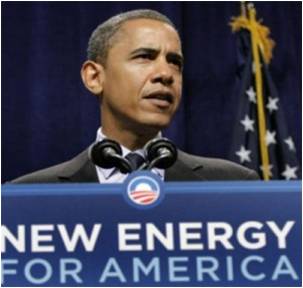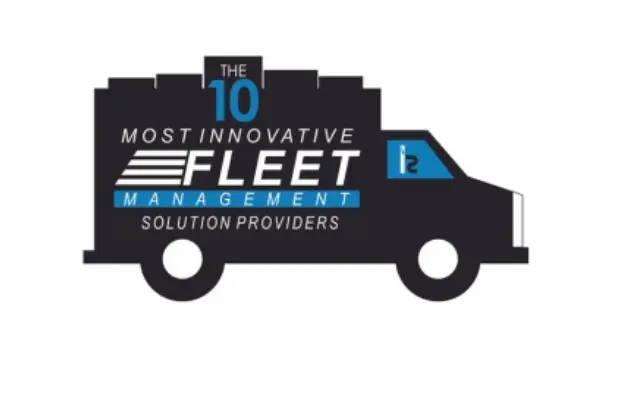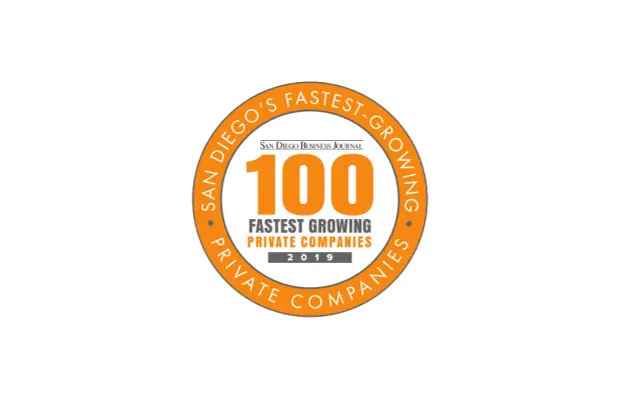NYC’s Fleet Management Plan to Reduce Fleet Costs by $71 Million
A recent report from New York City Mayor Michael Bloomberg’s Office included recommendations that will save NYC taxpayers an estimated $71 million in fleet management cost over the next four years by streamlining government fleet management, centralizing fleet operations, cutting vehicle fuel use, and decreasing the number of fleet vehicles. It’s part of the Mayor’s overall plan to save taxpayers over $500 million over the next four years by significantly increasing government efficiency.
According to the NYC Mayor’s Office report “the city spends approximately $667 million annually on fleet operations — this includes $283 million on maintenance, $120 million for fuel, $14 million for fuel tank compliance, maintenance, and spill remediation, and approximately $250 million for vehicle and equipment procurement. Maintenance expenditures consist of salary, which includes overtime, differential and fringe benefits; overhead – including building maintenance and rent; and vendor expenditures, including parts and maintenance services. Salary alone represents 70% of the NYC’s expenditures for maintenance.”
Bloomberg’s administration wants to centralize the city’s fleet operations. The report showed high quantity of decentralization across the city’s fleet operations which is not very efficient. The city employs more than 1,500 fleet management people that repair vehicles at 126 shops, each with their own set of equipment, staff, and parts inventory. Based on these numbers alone, it is clear that there is room for improvement in the fleet operations department.



